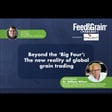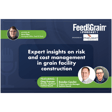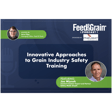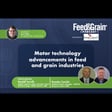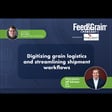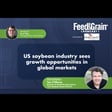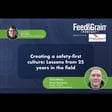Become a Creator today!Start creating today - Share your story with the world!
Start for free
00:00:00
00:00:01

Unblocking efficiency by tackling feed mill bottlenecks
In this episode of the Feed & Grain Podcast, host Steven Kilger, managing editor of Feed & Grain Magazine, talks with Brady Gaalswyk, co-president and 2nd generation owner of Easy Automation. This episode dives into the practical challenges and solutions surrounding bottlenecks in feed facilities—a key issue that can lead to significant downtime and inefficiency.
Podcast sponsored by Pneumat Systems.


